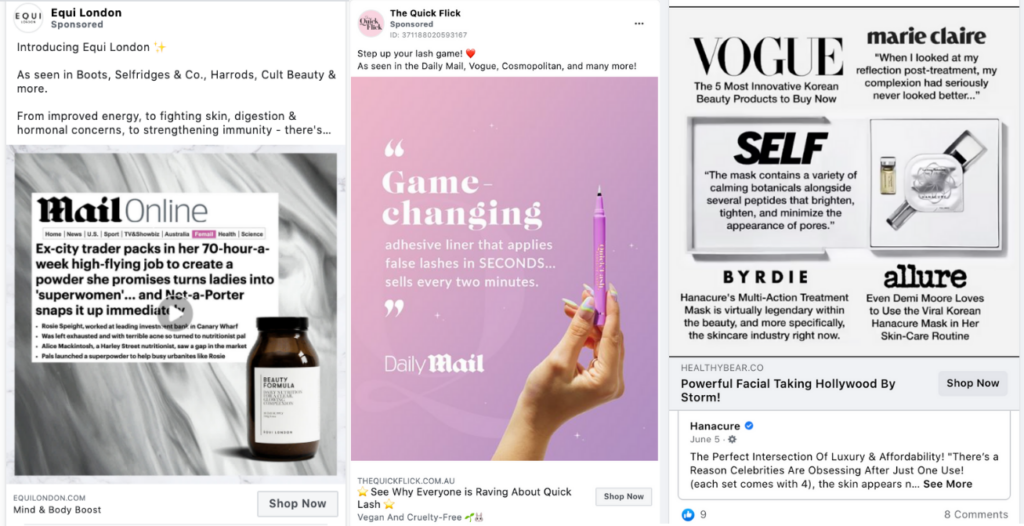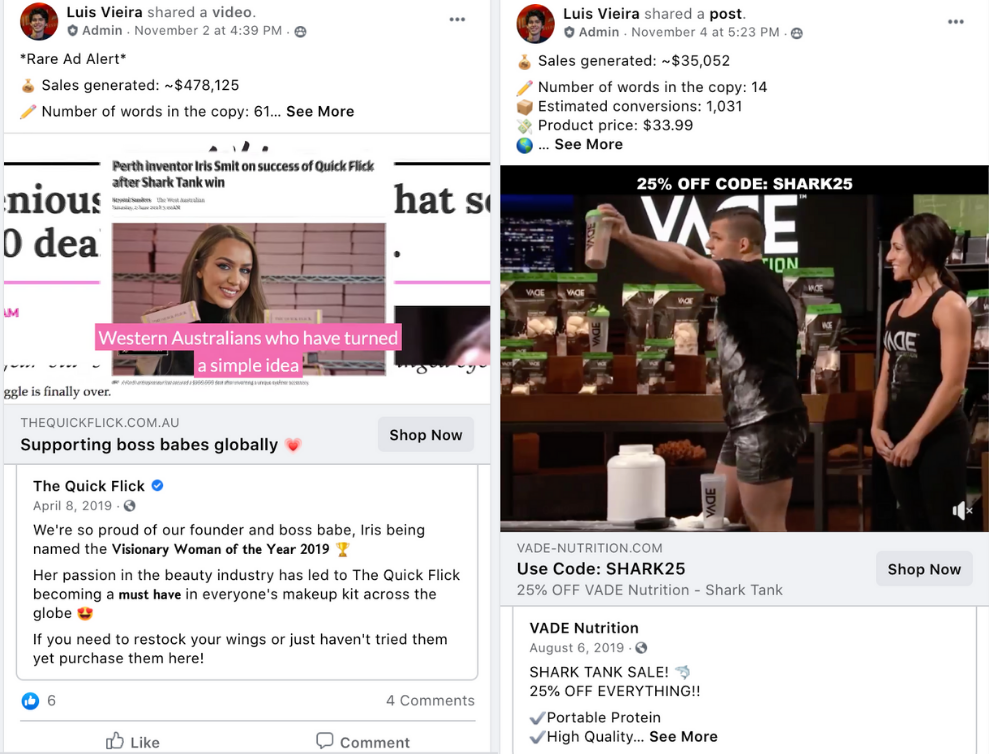When’s the last time your PR results ended up in paid media? If you can’t remember, or they never did, it’s about time to change that.
Since brand trust and reputation are more important than ever for customer acquisition and retention, earned and paid media teams can’t operate in silos.
The Edelman Trust Barometer Special Report: Brand Trust in 2020 supports this idea, with 70 percent of respondents saying that trusting a brand is more important today than in the past – a belief shared across age, gender, and income groups.
In a world where brand trust is at historical lows, while consumer choice is at an all-time high, combining the reputational benefit of earned media coverage with the targeting and reach of performance marketing is a unique and underutilized opportunity.
For PR professionals, this approach might just be the answer to one of the biggest challenges facing the industry – measuring business impact.
Digital Transformation Expert, Eric Schwarzman says “To effectively measure the business impact of PR, you need two things. First, you need quantifiable metrics. But second – and perhaps more importantly – you need to know how to present your metrics in language the C Suite understands.”
Using earned media coverage in performance marketing channels allows you to show authentic and credible third-party content to your target audience at scale, building trust, and driving conversions.
For PR professionals, this provides an opportunity to leverage our results in a way the C-Suite understands – with a direct and scalable impact on sales.
New and established brands can use PR to level up their performance marketing creative
Working with B2C brands?
Rich Burns, CEO at ROAS Media, a digital marketing agency specializing in Facebook and Instagram advertising for B2C brands, deploys millions in ad spend for their clients every year. He successfully used PR stories in paid media for many of his clients, but notes that new brands can see even more significant sales spikes with this approach.
He says that newly established [brands] see the most significant boost in sales because [the PR coverage] helps to build their legitimacy. The brand story is more convincing when coming from a trusted source”
Authenticity is the hallmark of an ideal PR piece to use in the ad creative. The best performing stories for his clients have an overall positive tone but don’t shy away from negatives.
Readers are smart enough to spot when it feels like a paid promotion so the more authentic the better. Alongside product benefits in the article, it is also very useful to include the brand/founder story within the piece for people to resonate with – Rich Burns adds.
What about B2B brands?
This creative approach is also designed to resonate with B2B audiences. 80% of business decision-makers prefer to get information about companies through articles versus an advertisement (Content Marketing Institute). Finding advertisements can be too pushy, but articles in renowned third-party publications can definitely be trusted.
Targeting people 39 and under? Using PR results in performance marketing is your unfair advantage
If Millennials and Gen Z are in your target market, this creative strategy is a “must-try”.
Millennials are 247% more likely to be influenced by blogs or social networking sites (Hubspot). This group in particular wants to read third-party sources to get their information on a topic or trend.
Gen Z audiences go even further, doing their research on the values and ethics of a brand before making a purchase. According to McKinsey, 65% of Gen Z consumers research products before buying. They want to know who makes it, where it’s made, what it’s made from, and how it’s made.
PR stories that focus on the holistic brand story, values, provenance, business ethics, and founder story, as opposed to marketing copy that focuses on features and benefits, will allow Gen Z customers to decide if the brand aligns with their values and beliefs. If so, there’s a good chance you’ll gain a customer.
What does PR coverage in a performance creative actually look like?
The Daily Mail – a favorite media title to feature in Facebook Ads
This tactic appears widely in beauty and wellness brand ads.
This might say more about the way the algorithm is targeting me than the true breadth of brands using PR coverage in their creative, though!
All the same, it makes sense for this category, as purchases are heavily driven by word of mouth and media recommendations, as well as before and after results and reviews.
In each case, the audience is directed to the brand or reseller’s own landing page rather than the full media article, treating the media’s comments like a “super testimonial” to hook the viewer. Have a look at these examples:

Shark Tank Features – A Winning PR Moment In Facebook Ads
The private Facebook Group, Unicorn Facebook Ad Creatives discusses the ads that have been scaled to more than +1 million views profitably or ads that have profited more than $50k-500k by themselves.
If their round-up of high performing Facebook ads is anything to go by, featuring Shark Tank appearances in ad creative seems to be a winning tactic.
One ad featured is from the Australian brand The Quick Flick. In an April 2019 ad, they tell their founder Iris Smit’s story. Smit had just won “Visionary Woman of the Year 2019”. The video ad tells their retail growth story and montages the brand’s media features in the major metro press across Australia. It also shows her appearance on Shark Tank from the year prior.
In addition to The Quick Flick, protein shake company, Vade Nutrition successfully promotes their Shark Tank appearance in Facebook ads, linking the moment to a 25% off deal.
Every high performing post I’ve seen in this group is a video ad – this note is not PR-specific, just sayin’.

Media Coverage in Taboola Native Ads
You’ve seen Taboola and Outbrain ads. They’re the “recommended” content at the bottom of online news articles.
They usually direct you to company blogs, however, some companies are directing traffic to earned media coverage, with compelling results.
Boxed is direct to consumer e-commerce platform selling bulk goods. They recently ran a campaign through Taboola, leveraging a piece of editorial on the Today Show. This a rarer campaign format for brands using Taboola – particularly because there was no backlink to Boxed on the Today Show website.
In Taboola’s media kit, Emily Kalen, Senior Manager of Media Strategy at Boxed, says: When we were covered on the ‘Today’ Show for recent activities for social good, we wanted to circulate it and turned to Taboola, which brought very high-quality prospects. With pixel-based tracking, we saw a lift in people taking action on-site – people saw the clip, typed our website into the search bar, and signed up. Some even made purchases!
Despite no clear call to action, Boxed achieved over 5,000 actions including website visits and newsletter sign-ups and 1,496 additional purchases, with a 3.18% increase in conversion rate.
Key takeaways
- If you’re interested in seeing what kind of ads competitors or brands that inspire you are running, visit the page transparency section on their Facebook page. This is where you can see all active and inactive ads. If an ad has been running across multiple markets or for many months, that’s a sign it’s working well for them!
- Mix up your landing pages – you don’t need to necessarily drive people to the full media story or to a brand landing page. Both can work, so A/B test.
- Your PR story doesn’t have to be timely to be a good fit for your ad creative. A lot of media coverage that is being promoted in Facebook ads was published a year or more ago. This is a great way to get more mileage from your PR results and allows your paid media colleagues to plan their creative in advance.
Struggling with getting media coverage? Check out how Prowly can help you.
Cover photo by Jeshoots

